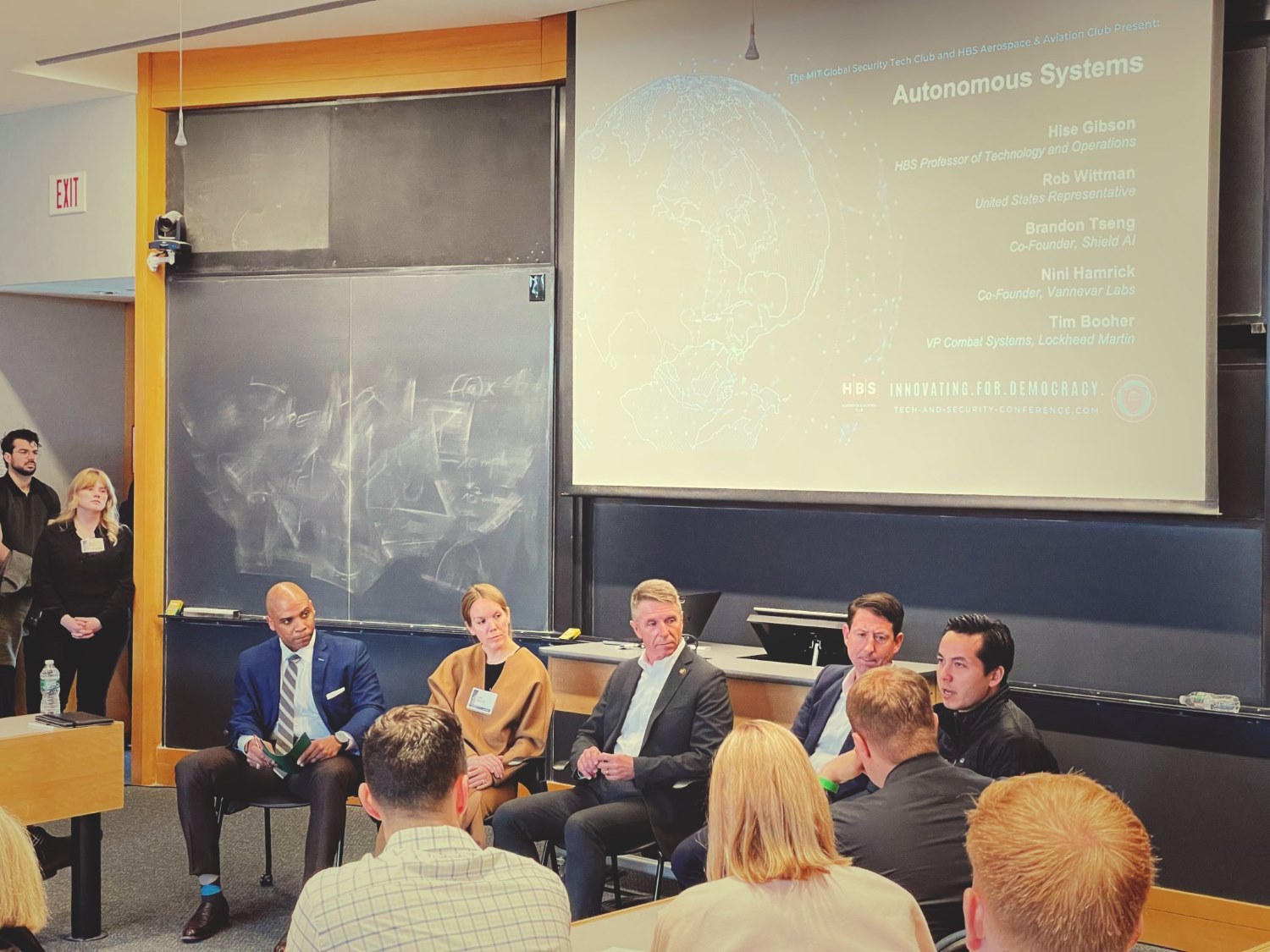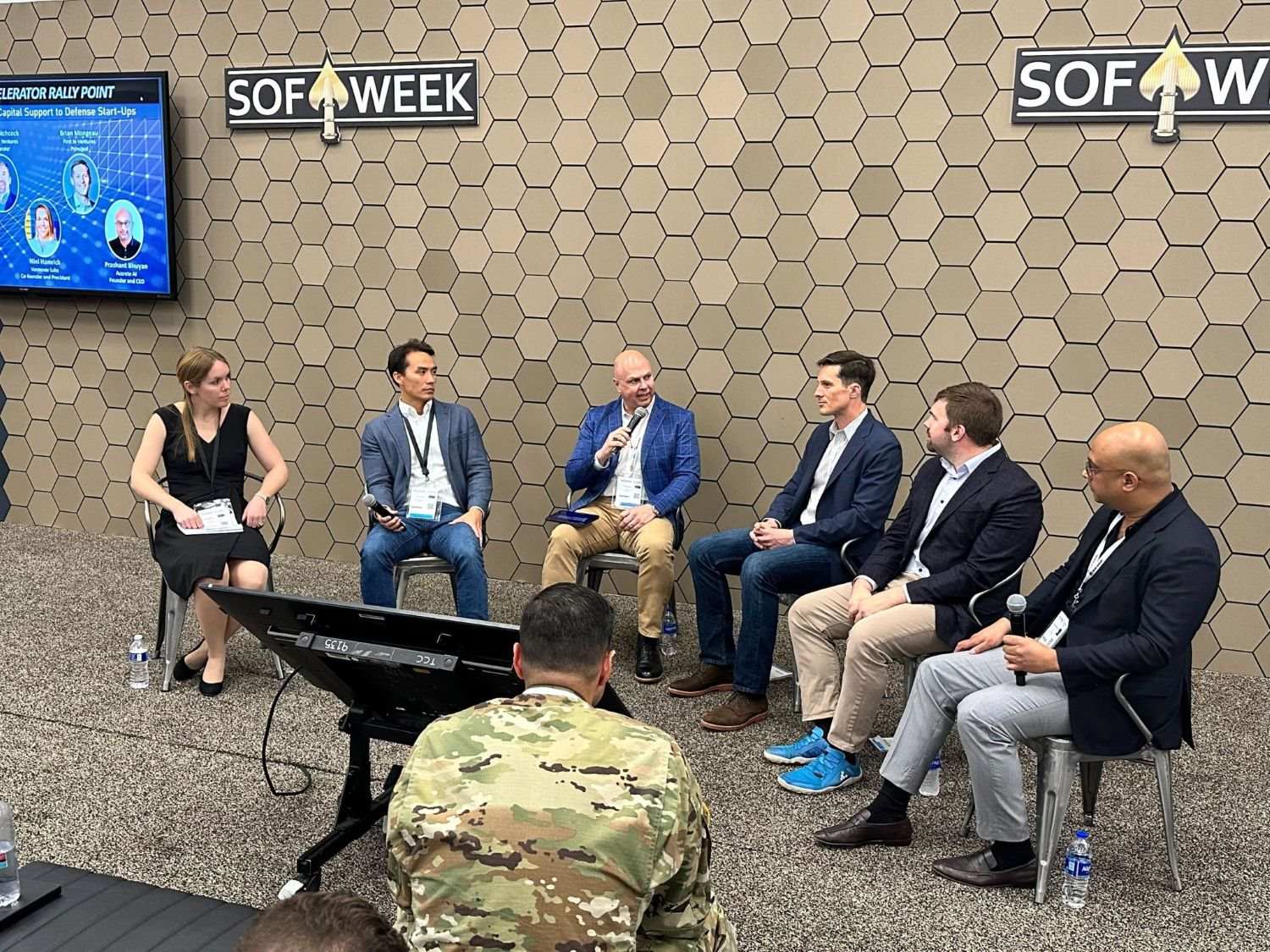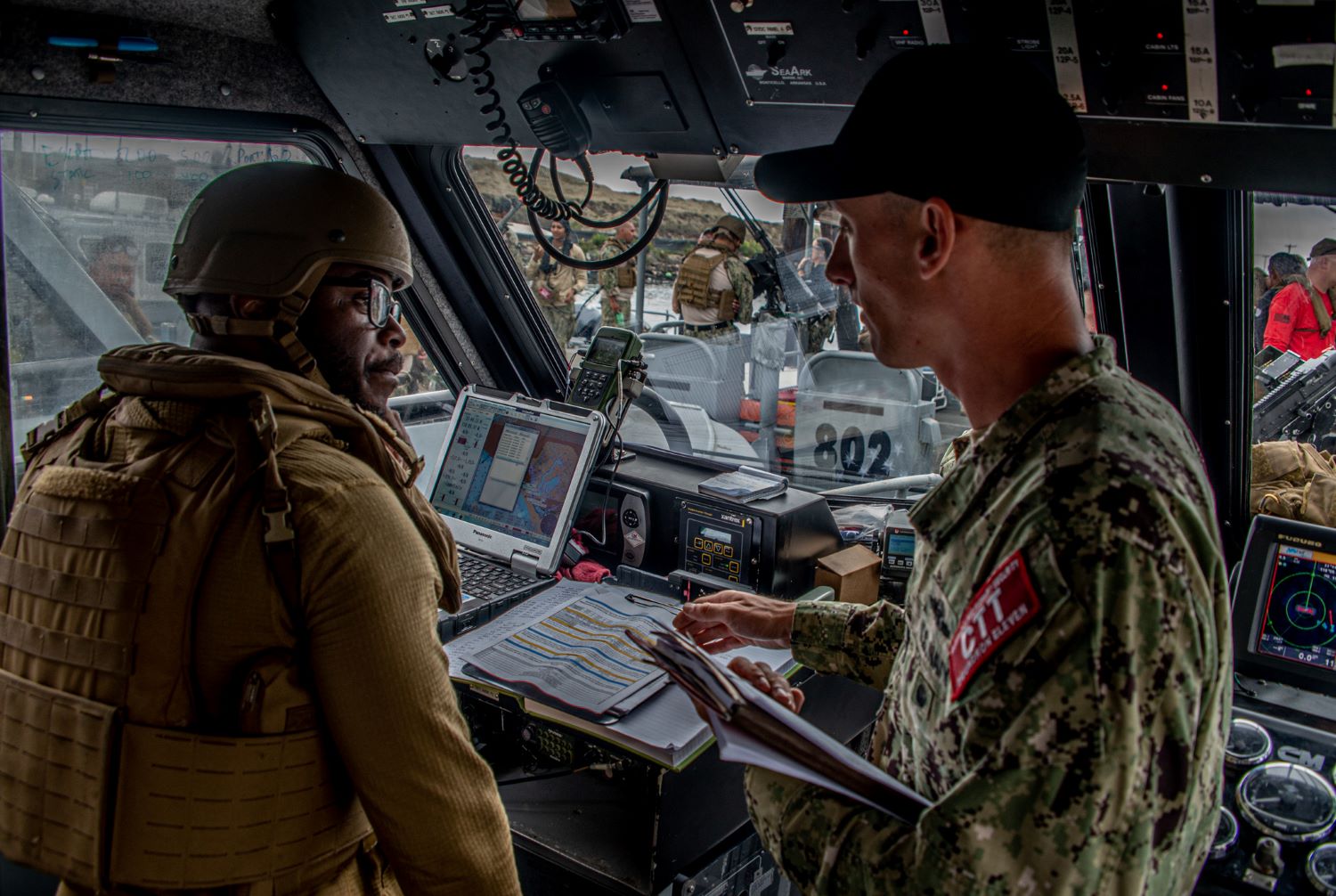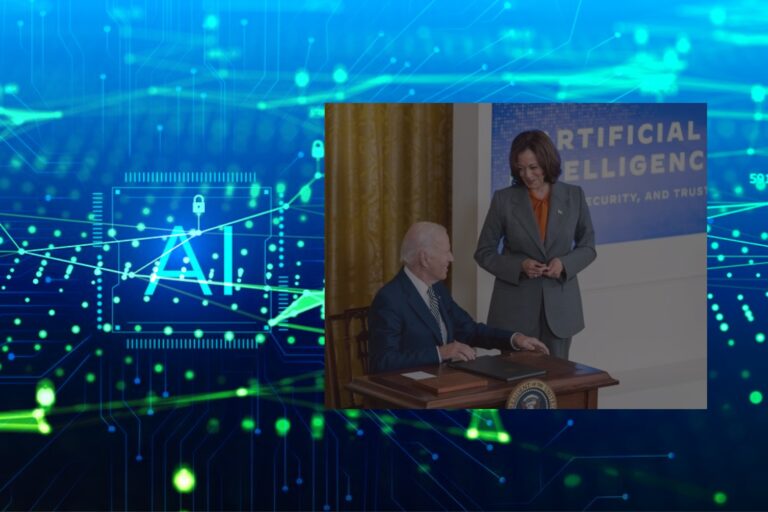Deploying an On-time Instrument – Vannevar Labs Ate Big Data Challenge Out

Over a century ago, the United States didn’t even have a defense industry. At least, not in the way that phrase is currently used.
To fulfill the demands of the war effort during World War I (1914-1918), the United States underwent a substantial expansion of its defense sector. During the war, companies such as Dupont and Bethlehem Steel played critical roles in supplying the military and its allies with diverse resources and equipment. The war effort accelerated production and industrialization, and many enterprises became significant military suppliers.
Following World War I, the military industry continued to exist and expand, preparing for any future battles. And, because the battle between the United States and China’s new rise has been ringing a warning bell for the United States to be conscious of this threat to the nation, the government chose to give a funding vehicle to stimulate investment in projects that promote competitiveness and growth.
This trend attracts many troubleshooters to come into the picture, Vannevar Labs is one of these new crops, and it has achieved some new milestones in its quest to replace traditional defense contractors with Silicon Valley entrepreneurial expertise.
From Insiders to Troubleshooters – Duo Take on Security System Vulnerabilities
Few businesses face difficult data and analytics challenges on a daily basis, such as the defense and intelligence communities. Every day, the agencies at the heart of America’s national security system face cutting-edge difficulties, whether it’s managing petabytes of text, audio, or video data, discovering very minuscule patterns in the noise, or processing multilingual analytics.
Despite the constant search for better tools, intelligence analysts are frequently blocked in their efforts to obtain up-to-date software due to the byzantine rules that drive Pentagon and intelligence procurement.
That is why a former intelligence official, and a former intelligence investor are looking to establish a new platform that unites the brightest brains in artificial intelligence, machine learning, and natural language processing and bundles it into a service that government agencies can purchase.

Brett Granberg, Vannevar co-founder said “We started with a very specific technology problem that counterterrorism intelligence officers like Nini and the people who I used to work with were experiencing. There was a machine learning component. At the time, it was Arabic language data that was stored in different formats.”
He also stated, “That made it difficult to exploit, but it was easily accessible by commercial companies that had spent a bunch of resourcing and computer vision in mission translation in other types of machine learning tools.”
The company is named after Vannevar Bush, who is widely recognized for creating an early form of the computer, co-founding the Manhattan Project, which resulted in the atomic bomb, and authoring a fundamental article that predicted the internet decades before it existed.
Because of their previous experiences, the two chose this particular product as an entrée. Brett Granberg spent two years with In-Q-Tel, a non-profit venture capital organization that works closely with the intelligence community to provide agencies with the best startup technology. He was also a consultant for Lilt, a real-time deep learning translation platform created out of Chris Manning’s renowned Stanford NLP research lab.
Meanwhile, Nini Hamrick worked as a counterterrorism officer within the intelligence establishment for seven years, disrupting terrorist networks.
When the two met at Stanford GSB, they discovered they had observed comparable challenges that they both wanted to fix. “Top of mind for me in business school was some of the technological challenges that I encountered as an end user [and] analyst in the intelligence community,” Granberg says.
Hamrick shared that, “We immediately connected and shared a lot of experiences in common in terms of seeing gaps between the really hard domain problems that I’d been working on in my career as an analyst and some of the technology that was available to me.”
The underlying idea behind Vannevar was that there are problems that are tractable or solvable when the best engineering expertise in Silicon Valley is directed at them. Some of these extremely essential missions are solvable. So, there were many challenges to choose from, and they chose one in particular to begin with that included a machine learning component.
Their strategy is to take proven techniques and try to transfer them into government use cases. “We’re not sort of inventing new math to solve these problems, we’re more taking cutting-edge approaches and just applying them to specific use cases,” Granberg said.
To that end, Vannevar builds technology to prepare for the fights of the next couple of decades. People who have worked in government or understand how to sell to governments run the greatest companies in the field. And Vannevar is a natural fit for their thesis on the future of government procurement.
From Chaos to Clarity – Harnessing Powerful Insights on Hostile Battlefields
Vannevar Labs’ flagship software, “Decrypt” is deployed in 15 American military bases around the world. Decrypt assists intelligence professionals in finding patterns in massive amounts of battlefield data, translating foreign languages, and searching for critical documents. The US Air Force, for example, is employing Decrypt to examine technical data pertaining to Russia’s anti-aircraft systems.
Vannevar’s capabilities are strong because of its differentiated data and usage of powerful machine learning and natural language processing to translate and surface unique and high-leverage mission insights.
Vannevar’s technologies, in contrast to the bulky, outmoded software systems produced by old legacy defense companies, are designed for current use cases with intuitive, collaborative interfaces.
Nini Hamrick said “In the counterterrorism era, we were getting terabytes and terabytes of data generated from missions being conducted in Iraq, Syria, and Afghanistan. That created a huge backlog of information.”
She added, “You end up trying to get through the information as fast as you can, staying up around the clock to process the data manually. With Decrypt, we’re not working on information coming off battlefields — that is the counterterrorism world that I came from. We’re working in the new national security domain — strategic competition with nation-states.”
Decrypt collects overseas information that would otherwise be difficult for military forces to access directly in increasingly hostile places across the world. These teams are attempting to collaborate with allies and partners, compete, and discourage future conflict through non-kinetic operations, and Decrypt is assisting them throughout this spectrum of competitiveness and deterrence.
According to Brett Granberg, in order to succeed as a military firm, your product must answer a top three mission problem for a large enough number of people within the Department of military.
“Our value proposition got a lot easier when the government pivoted away from counterterrorism to China and Russia because we could immediately show people information that they otherwise did not have access to,” said the co-founder.
Vannevar has found its market fit and rapidly become a trusted partner for an array of government customers. With this chance, the company has been able to pull in many investments to execute their mission.
Equipped the Forces with the Silver Bullet – Vannevar Enters a Growth Tear
After launching its first product in 2021, the company quickly snapped in a $4.5 million seed venture capital funding from fellow GSB alum Katherine Boyle of General Catalyst and Costanoa Ventures.
In the same year, the company announced a $12M Series A funding round co-led by Costanoa Ventures and Point72 Ventures. Top defense investors including General Catalyst also participated.
2 years into series A, in the first quarter of 2023, the startup grabbed $75M in Series B. The round was led by Felicis with new investors DFJ Growth and Aloft VC and existing General Catalyst, Point72 Ventures, Costanoa Ventures, and Shield Capital.
This brings Vannevar’s total funding to over $90M raised. The company plans to use new capital to fund development of new products and win the company’s first multi-year program from Decrypt.

“We exist to bring the best engineering and product talent to the most important national security problems,” said Brett Granberg, CEO at Vannevar Labs. “This funding will allow us to much more aggressively invest in R&D for the products we’re fielding with the government.”
Vannevar has swiftly established himself as a crucial resource to the national security community, providing unique data, insights, and real-time intelligence that illuminates the evolving threat scenario. The abundance in funding doesn’t come not just because they have useful technology, but also in their approach to the defense industry – stay intimate with the government
A Strength in Unity – Government and Industry Synergy to Go Beyond Horizon
It’s always been a joint government and industry partnership that’s created state-of-the-art defense technology, according to Brett Granberg.
“I don’t think it’s possible for the government or industry to get there on their own. Even during World War II or the space race in the 60s and 70s, we were at our best when the government partnered with technology companies or defense companies that had solid engineers who specialized in satellites or building aircraft or whatever was needed. That’s key.” said the co-founder.
As it turns out, the government is working on really significant issues, particularly those concerning national security. Too often, though, the most critical operators and intelligence analysts have the least access to current technologies. One major reason for this is that Silicon Valley is unfamiliar with Washington’s challenges. The finest and brightest engineers frequently do not understand the mission and so cannot design appropriate solutions.
Vannevar is an exception. Half of their personnel is from the world of national security. The other half are engineers from top technological firms who know how to build products quickly. They have one goal as a team: to make a large mission impact on government partners, and they use their collective talents to achieve this goal.
Vannevar also does something usual in Silicon Valley but novel in the defense industry: they develop and test products alongside consumers, including on US military bases and in remote regions around the world.
In their opinion, the only way to produce a solid product is to have a deep understanding of your partners’ mission sets, and you can only achieve that understanding in the national security area by spending time in the trenches with these groups.
To prove this point, Brett Granberg has written brilliantly about the challenges of developing defense products. This intentional approach to product development is a significant reason why the defense community has embraced Vannevar’s technology so quickly.
From Concept to Creation – Well-said Wisdom on Inventing Defense Products
According to him, Inventing products for the defense space can be a daunting task, given the challenges involved. User problems are often complex and difficult to understand, and gaining approval to test your product with users can be a time-consuming process.
Additionally, the defense industry demands that your product is not just good but that it gets people irrationally excited about its potential. Defense customers are hesitant to commit to a product unless they believe it will dramatically improve their capabilities and potentially lead to career advancement. Therefore, your initial goal should be to build something that addresses an urgent problem, even if it’s not perfect in its first iteration.

To start a defense company, the key is to gain a deep understanding of the top three mission problems faced by the government. This understanding is crucial as it provides the necessary urgency to deploy new technology and ensures that your product has the potential for significant value.
To achieve this, it’s essential to immerse yourself in the environment where the users operate. Observing military personnel in action on military bases can provide valuable insights into urgent problems that need to be solved.
Urgency is everything in the defense industry. Identifying an urgent problem and delivering a 60% solution quickly is more valuable than aiming for perfection in a non-urgent problem. Several successful defense tech companies, such as Anduril and Vannevar, have demonstrated that their initial products were launched with limited features but effectively solved critical mission problems, earning them trust and support from DoD customers.
When choosing a problem to address, it’s vital to target one of the top three problems across the Department of Defense. Thinking big and tackling significant issues increases the chances of substantial enterprise value.
To invent a compelling product, iteration cycles play a critical role. The focus should be on understanding the problem rather than perfecting the solution. Rapid iteration and the use of “dogfooding” (using your product internally as if it were in real use) can help in identifying the best possible solution that excites users.
The product development team’s composition is also crucial for success in the defense industry. A small team with a combination of top tech talent and experienced military personnel allows for efficient prototyping and domain expertise. This team should work closely with users to prioritize iterations and test hypotheses to reach product-market fit rapidly.
Once you have a product that users want to buy, shipping it quickly is essential. Avoid over-optimizing features before users have had a chance to test the product in real scenarios. Feedback from users will guide further improvements.
Remember, in the defense industry, the ultimate goal is to make your product indispensable to the users, generating mission wins and garnering strong support for your offering, according to Brett Granberg
Bottom lines
Our country’s military strategy is evolving away from combating terrorism and toward preparing for battles with sophisticated enemies. Our future foes will be technologically advanced, with defensive capabilities that compete with ours in both traditional and non-traditional ways.
That is why companies like Vannevar are essential. Its solutions are providing substantial mission successes, creating broad-based enthusiasm, and expanding demand from users who rely on the product for daily information and mission planning. And this is only the beginning, as the company rapidly iterates to create new products that increase its expanding information advantage with each iteration.








